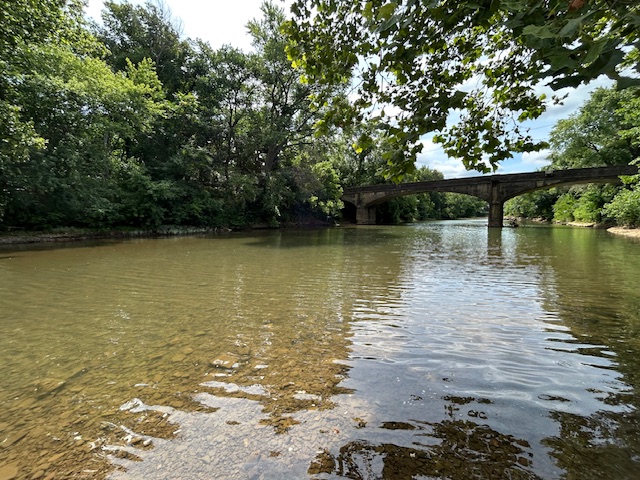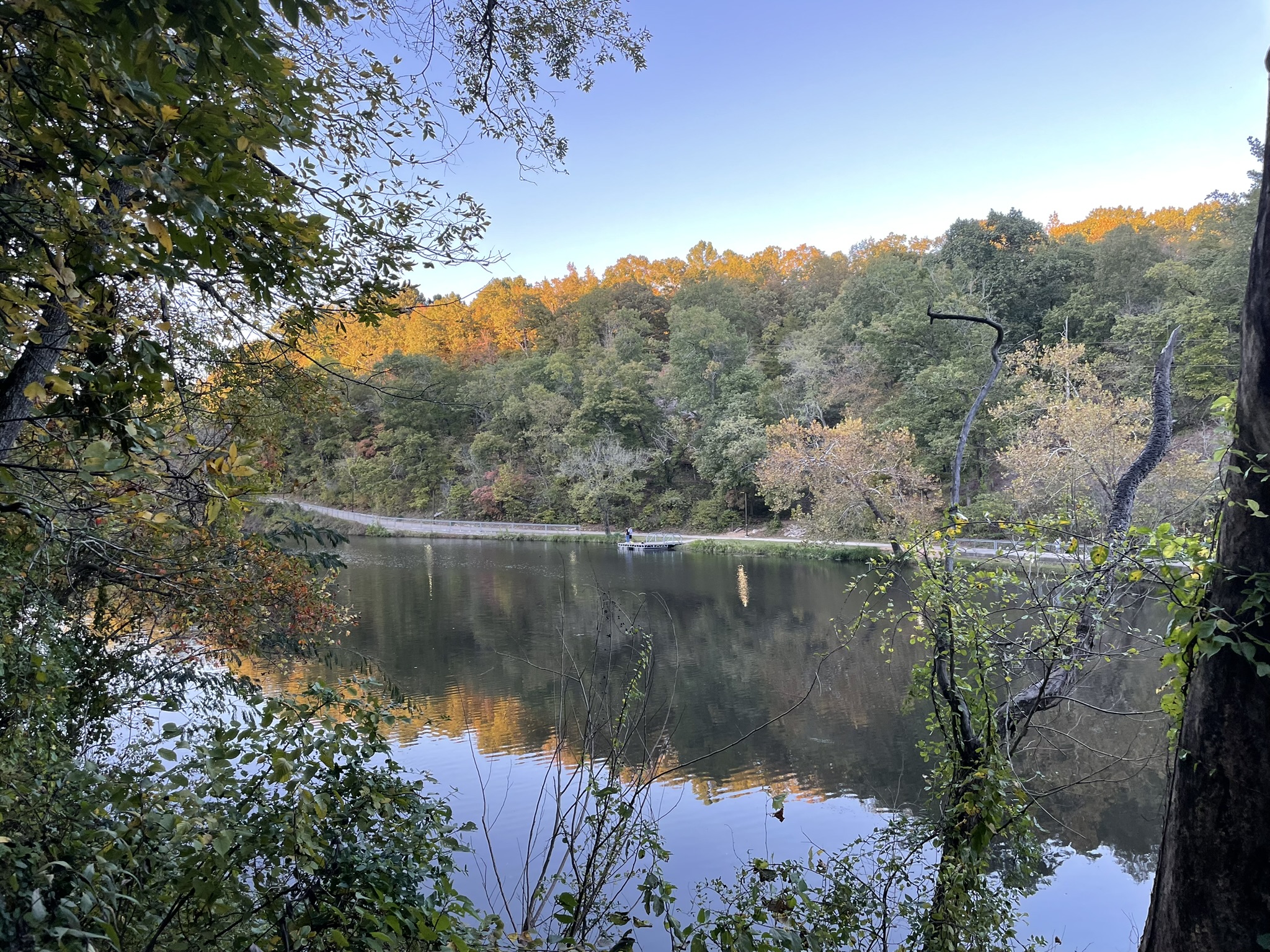What to Watch Out for in June/early Summer: Aquatic weeds are reaching mature stages and some species will become more resistant to herbicides as the summer develops.
DIY plant ID resources can be found at Texas A&M’s Aquaplant “Identify a Plant” directory https://aquaplant.tamu.edu/.
The MP556 (https://www.uaex.uada.edu/publications/pdf/MP556.pdf) contains photos of most common problematic aquatic weeds in Arkansas along with management guidance. There is also an aquatics section in MP44, covering herbicide selection and precautions.
Potentially harmful (toxic) blue-green algae blooms will start to emerge in mid to late June and throughout the rest of summer. Ponds most susceptible to blue-green algae blooms are shallow, stagnant, and highly fertile (which describes almost all livestock watering ponds). Species capable and dense enough to cause harm typically create a 3 bright green (though other colors are possible) “spilled paint” appearance on the surface that will coat a stick if dipped into the water and removed. Blue-green species will also form a floating layer inside a mason jar of pond water left in a refrigerator overnight. If a harmful bloom emerges on a drinking water pond, prevent livestock access, and use an alternative watering source until the bloom is treated or fades naturally, if possible.
Refer to FSA9540 (https://www.uaex.uada.edu/publications/PDF/FSA9540.pdf) and FS-2018-02 (https://www.adeq.state.ar.us/water/planning/hab/pdfs/algal-blooms-in-arkansasstreams-ponds-and-lakes.pdf) for more information.
The Arkansas Water Resources Center (https://awrc.uada.edu/) can test and confirm the presence and concentration of cyanotoxins (toxins produced by blue-green algae, aka cyanobacteria).
Download Price Sheet for Water Quality Sampling. The Beaver Watershed Alliance can assist with sampling costs through our mini-grant program. Email info@beaverwatershedalliance.org for more information.
Pond Management Tasks for June:
-Pond renovations can begin around June as rainfall frequency drops to summer patterns.
-Fertilization and feeding programs should be underway.
-Aquatic dye for weed/algae control will last longer now due to lower flushing rates from lack of rainfall.
-Continue herbicide applications for troublesome weeds.
-Fish stocking is still acceptable, but survival from transportation and stocking stress decreases with increasing temperature.
-Encourage clients to harvest largemouth bass (10-15 lbs/acre/yr for normal ponds, 25-35 lbs/acre/yr for bass-crowded or highly productive ponds). Harvest bluegill less than about 7 inches in length up to about 25 lbs/acre/yr. Aggressive harvest of all crappie caught, especially from ponds smaller than about 25 acres is encouraged.
-Continue mowing grass on dams and levees to keep brush and saplings from developing. Keep drains and spillways clear of debris and clogs so that they are working efficiently during the rainy season.
-Continue daily operation of aerators. For diffused aeration systems that have not yet been activated, follow the startup schedule of: Day 1, run 30 minutes then turn it off the rest of the day. Day 2, run 1 hour. Day 3, run 2 hours. Day 4, run 4 hours. Continue doubling the run time each day until you are running 24 hrs/day and keep it on for the rest of the summer. Aeration is most important just before dawn. Oxygen levels drop in ponds over night.
Information Shared By:
Johnny Gunsaulis
CEA – Staff Chair
1204 SW 14th Street, Suite 2
Bentonville, AR 72712












